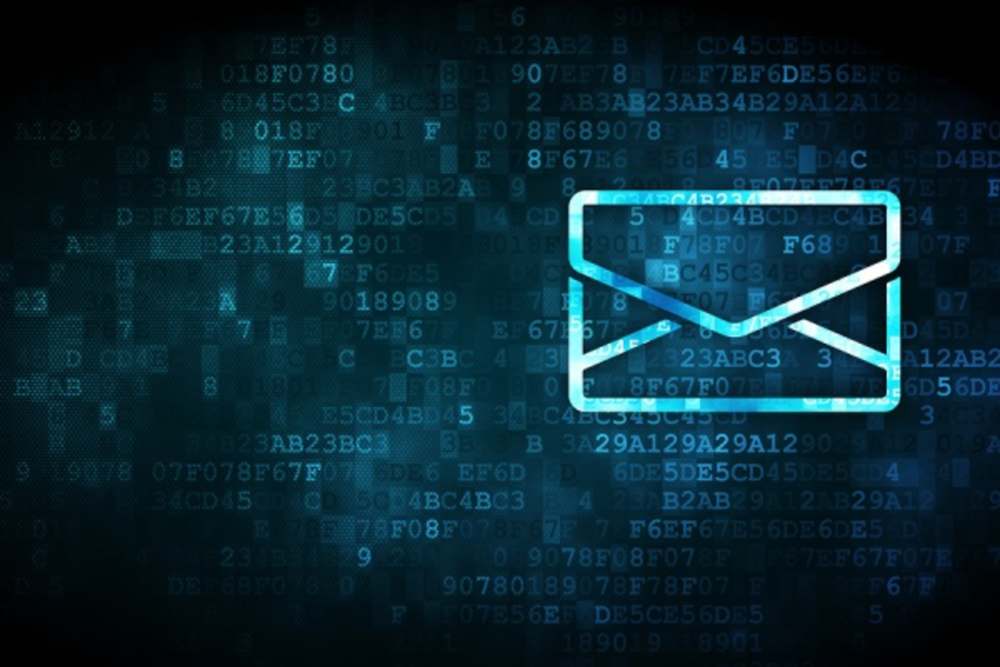As great of a tool as it is, email can leave even the best marketers in a catch-22.
On one hand, marketers can reach a massive amount of people with a tailored message with just a single click. But then there’s the other side: your audience can delete that same message with a single swipe on their smartphones. And no matter how engaging, relevant, or valuable an email campaign is, every list has inactive subscribers—i.e., users who simply don’t respond to marketers’ messages.
Experian Marketing Services released its latest email benchmark report for the first quarter of 2015; one of the areas that analysts homed in on was inactive subscribers and reactivation.
The report made clear distinctions between the levels of inactivity—noting that the definition varies from campaign to campaign. In this particular study, inactive subscribers were divided into three main groups: fully inactive, mixed inactive, and past buyers. It’s important to understand the traits of each of these groups to craft the right reactivation campaign.
Fully inactive subscribers are those who have absolutely no history of opens, clicks, or transactions. While mixed inactives may have interacted in the past but have had no activity in the past six months. The time period that defines whether they are inactive varies—say, three months versus a year—from brand to brand but could be as short as 21 days. Then there are past buyers who’ve bought once before but haven’t made another purchase and aren’t responding to your email marketing.
So how do you excite these subscribers, no matter their levels of inactivity? Data.
According to the report, it’s a data-driven reactivation strategy which defines the groups of subscribers that’ll most likely get them to respond to your campaigns. Experian analysts say that marketers need to tailor timing and messages to suit each group from the insight that they cull from customer data. Here, a couple of key findings regarding reactivation campaigns:
• Sending a second reactivation mailing boosted opens, clicks, and revenue by more than 50% compared to sending a single reactivation mailing.
• Reactivation mailings with personalized subject lines had 50% higher transaction rates than other reactivation mailings.
Here, some other key year-over-year findings for email marketing:
• Email volume rose by 15.5% in Q1 2015 compared to Q1 2014.
• Unique open rates were at 17.5% in Q1 2015, slightly ahead of the 17.3% in 2014.
• Unique click rates were at 2.2% in Q1 2015, close to the 2.3% rate in Q1 2014.
• Revenue per email was $0.08 in Q1 2015, slightly below the $0.09 seen in Q1 2014.








